Home>Kitchen & Cooking>Food Storage Solutions>How To Organize Your Refrigerator And Freezer
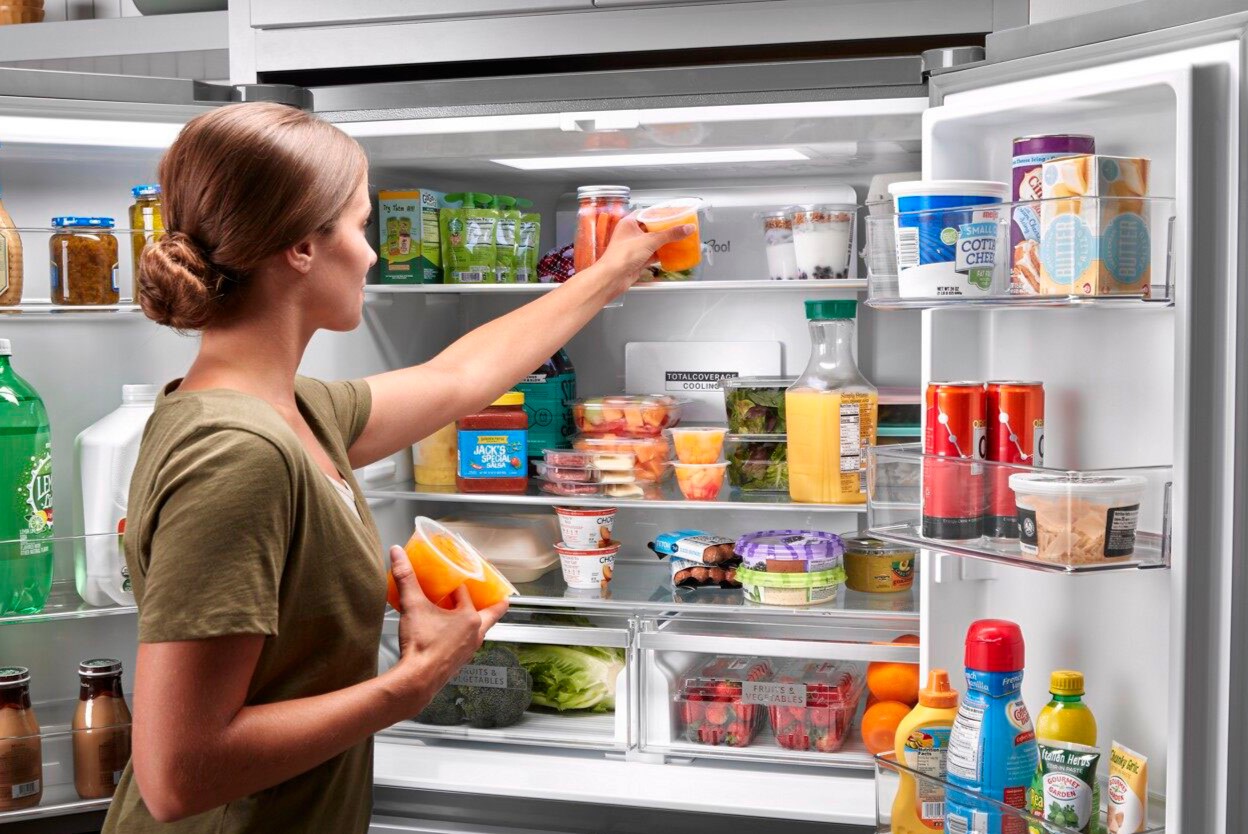

Food Storage Solutions
How To Organize Your Refrigerator And Freezer
Published: March 2, 2024
Discover effective food storage solutions and tips for organizing your refrigerator and freezer. Keep your kitchen tidy and your food fresh with these organization ideas.
(Many of the links in this article redirect to a specific reviewed product. Your purchase of these products through affiliate links helps to generate commission for Storables.com, at no extra cost. Learn more)
Introduction
Are you tired of opening your refrigerator or freezer and feeling overwhelmed by the clutter and disorganization? It's time to take control and transform your fridge and freezer into well-organized spaces that make meal prep and finding ingredients a breeze. In this guide, we'll walk you through the steps to organize your refrigerator and freezer effectively. From assessing the current state of your appliances to decluttering, cleaning, and implementing smart organization strategies, you'll soon be on your way to a more efficient and visually appealing kitchen. Let's dive in and turn your fridge and freezer into the organized oasis you've always wanted.
Key Takeaways:
- Keep your fridge and freezer organized by categorizing items, utilizing storage bins, and maintaining food safety. Regularly check, clean, and optimize shelf space to make meal prep a breeze.
- Maximize freezer space by grouping similar items, using storage containers, and prioritizing based on usage. Regularly defrost, rotate stock, and maintain food safety for efficient frozen food storage.
Assessing Your Refrigerator and Freezer
Before diving into the organization process, it's essential to assess the current state of your refrigerator and freezer. Start by taking everything out and placing it on your kitchen counter. This will give you a clear view of what you have and allow you to check for any expired or spoiled items. Take note of any items that are taking up unnecessary space or causing clutter.
Next, inspect the condition of the shelves, drawers, and door compartments. Are there any cracks, stains, or broken parts that need attention? Check the temperature settings to ensure they are optimized for food storage. Additionally, consider the layout of your fridge and freezer. Are there any areas that are consistently overcrowded or underutilized? This assessment will provide valuable insights into the specific areas that need attention during the organization process.
Once you have a comprehensive understanding of the current state of your refrigerator and freezer, you can move on to the next steps of decluttering, cleaning, and implementing effective organization solutions.
Decluttering and Cleaning
- Empty and Sort: Begin by removing all items from your refrigerator and freezer. As you do this, check for any expired or spoiled food items and dispose of them. Sort through the remaining items, grouping similar products together. This will help you assess the quantity of each category and plan for efficient storage solutions.
- Clean Thoroughly: Once everything is removed, take the opportunity to thoroughly clean the interior of your refrigerator and freezer. Use a mild cleaning solution and warm water to wipe down the shelves, drawers, and walls. Pay special attention to any spills or stains that may have accumulated. For the freezer, defrost it if necessary and wipe down the interior surfaces. This step sets the stage for a fresh and hygienic storage space.
- Check Containers and Packaging: Assess the condition of containers, jars, and packaging. Discard any damaged or mismatched containers that are taking up unnecessary space. Consider transferring items into airtight containers or storage bags to maximize space and preserve the freshness of your food.
- Review Labels: Take a moment to review the labels of condiments, sauces, and other packaged items. Discard any items that are past their expiration date or have been open for an extended period. This will help reduce clutter and ensure that you are only keeping items that are safe and fresh.
- Organize Cleaning Supplies: As you declutter and clean, gather the necessary cleaning supplies such as a sponge, mild detergent, and a clean cloth. Having these items readily available will streamline the cleaning process and ensure that you can address any spills or messes as you organize your refrigerator and freezer.
Organizing Your Refrigerator
Once your refrigerator is clean and decluttered, it's time to implement effective organization strategies to maximize space and accessibility. Here's how to organize your refrigerator like a pro:
Categorize and Group Items
- Group Similar Items: Arrange your food items into categories such as dairy, beverages, fruits, vegetables, condiments, and leftovers. This makes it easier to locate specific items and prevents them from getting lost in the depths of your fridge.
- Utilize Storage Bins: Invest in clear storage bins or containers to group similar items together. For example, designate a bin for dairy products and another for beverages. This not only keeps your fridge organized but also makes it easier to pull out an entire bin when needed.
Optimize Shelf Space
- Adjust Shelf Heights: If your refrigerator shelves are adjustable, consider modifying them to accommodate taller items such as pitchers or large bottles. This prevents wasted vertical space and allows for efficient use of the available area.
- Use Fridge Mats: Consider using fridge mats or liners to keep the shelves clean and prevent spills from spreading. Opt for easy-to-clean, non-slip mats that can be customized to fit your shelves.
Arrange for Accessibility
- Priority Placement: Store frequently used items at eye level for easy access. This includes items like beverages, snacks, and commonly used condiments. Reserve the lower shelves for heavier items and raw meats, while the upper shelves can be used for leftovers and ready-to-eat foods.
- Utilize Door Compartments: Make use of the door compartments for items that are less sensitive to temperature changes, such as condiments, dressings, and beverages. Keep in mind that the door is the warmest part of the refrigerator, so avoid storing highly perishable items there.
Maintain Food Safety
- Follow Temperature Zones: Be mindful of temperature zones within your refrigerator. Store dairy and eggs in the coldest part of the fridge, typically the back of the lower shelves. Fruits and vegetables can be stored in the crisper drawers, which help maintain optimal humidity levels.
- Label and Date: Consider labeling leftovers and other perishable items with the date they were stored. This helps you keep track of freshness and reduces the likelihood of forgotten items lingering in the back of the fridge.
Create a System for Maintenance
- Regular Check and Clean: Set a routine for checking and cleaning your refrigerator. This can be done weekly or bi-weekly, depending on your household's needs. Take a few minutes to assess the contents, wipe down any spills, and discard expired items.
- Rotate Stock: When restocking your fridge after grocery shopping, move older items to the front and place newer items towards the back. This encourages the use of older items before they expire and prevents food wastage.
By implementing these organization tips, you can transform your refrigerator into an efficiently arranged space that not only looks tidy but also makes your daily kitchen routines more manageable.
Read more: How To Organize The Freezer
Organizing Your Freezer
When it comes to organizing your freezer, creating a system that maximizes space and preserves the quality of frozen foods is essential. Here's a detailed guide on how to organize your freezer effectively:
Categorize and Group Items
- Group Similar Items: Just like in the refrigerator, categorizing frozen items is key to efficient organization. Group items such as meats, vegetables, fruits, prepared meals, and desserts together. This makes it easier to locate specific items without having to rummage through the entire freezer.
Utilize Storage Containers and Bags
- Invest in Storage Containers: Consider using stackable, clear storage containers to group similar items together. This not only keeps your freezer organized but also prevents smaller items from getting lost in the depths of the freezer. Labeling the containers can further enhance visibility and accessibility.
Optimize Shelf and Drawer Space
- Use Shelf Dividers: If your freezer shelves are adjustable, consider using shelf dividers to create designated sections for different food categories. This prevents items from spilling over and helps maintain a structured layout.
- Utilize Drawer Organizers: For freezers with drawers, invest in drawer organizers to separate different food items. This prevents items from getting mixed up and makes it easier to access specific items without disrupting the entire contents of the drawer.
Arrange for Accessibility
- Prioritize Based on Usage: Store frequently used items in the most accessible areas of the freezer. This includes items like frozen vegetables, fruits, and commonly used meats. Reserve the lower or harder-to-reach areas for items that are used less frequently or for long-term storage.
Maintain Food Safety
- Follow Freezing Guidelines: Be mindful of the recommended freezing guidelines for different food items. Proper packaging and labeling can help you keep track of the contents and ensure that items are used within their optimal storage periods.
- Label and Date: Similar to the refrigerator, consider labeling frozen items with the date they were stored. This practice helps you keep track of the freshness of items and prevents forgotten items from accumulating in the freezer.
Create a System for Maintenance
- Regular Defrosting: If your freezer requires manual defrosting, establish a schedule for this maintenance task. This ensures that the freezer operates efficiently and prevents excessive frost buildup that can reduce storage space.
- Rotate Stock: When adding new items to the freezer, rotate the existing stock to ensure that older items are used first. This prevents items from being forgotten and helps maintain an organized freezer layout.
By implementing these organization strategies, you can transform your freezer into a well-structured space that not only maximizes storage capacity but also preserves the quality of your frozen foods.
Maintaining Your Organized Refrigerator and Freezer
Once you've invested the time and effort into organizing your refrigerator and freezer, it's essential to establish a maintenance routine that ensures the longevity of your organized spaces. Here's how to maintain the order and functionality of your refrigerator and freezer:
Read more: How To Organize The Refrigerator
Regular Check and Clean
Set a schedule for inspecting and cleaning your refrigerator and freezer. This can be a weekly or bi-weekly task, depending on your household's needs. During these check-ins, take a few minutes to assess the contents, wipe down any spills, and discard expired or spoiled items. This proactive approach prevents clutter and maintains a hygienic environment for your food storage.
Temperature Monitoring
Keep an eye on the temperature settings of your refrigerator and freezer. Ensure that they are consistently maintaining the optimal temperatures for food storage. If you notice any fluctuations or inconsistencies, troubleshoot the issue promptly to prevent potential food spoilage.
Odor Control
Implement strategies to control and eliminate odors in your refrigerator and freezer. Consider using odor-absorbing products or placing a box of baking soda in both appliances to neutralize any unwanted smells. Regularly cleaning out expired items and wiping down the interior surfaces also contributes to a fresh-smelling storage space.
Spill Management
Address spills and messes as soon as they occur. Promptly clean up any spills to prevent them from hardening or spreading, which can make them more challenging to remove later. This proactive approach maintains the cleanliness of your refrigerator and freezer, making them more inviting and easier to navigate.
Read more: How To Organize A Freezer Drawer
Organization Maintenance
Periodically reassess the organization of your refrigerator and freezer. As your food inventory fluctuates, adjust the placement of items to accommodate new additions and ensure that frequently used items remain easily accessible. This ongoing maintenance prevents clutter from building up and maximizes the efficiency of your storage spaces.
Energy Efficiency
Regularly check the seals and gaskets of your refrigerator and freezer doors to ensure they are intact and free from damage. Proper seals help maintain energy efficiency by preventing cold air from escaping, reducing the workload on the appliances' cooling systems.
Preventive Maintenance
If your refrigerator or freezer has specific maintenance requirements, such as defrosting or cleaning the condenser coils, follow the manufacturer's recommendations. These preventive maintenance tasks contribute to the longevity and optimal performance of your appliances.
By incorporating these maintenance practices into your routine, you can uphold the organization and functionality of your refrigerator and freezer, ensuring that they continue to serve as efficient and reliable storage spaces for your food items.
Frequently Asked Questions about How To Organize Your Refrigerator And Freezer
Was this page helpful?
At Storables.com, we guarantee accurate and reliable information. Our content, validated by Expert Board Contributors, is crafted following stringent Editorial Policies. We're committed to providing you with well-researched, expert-backed insights for all your informational needs.
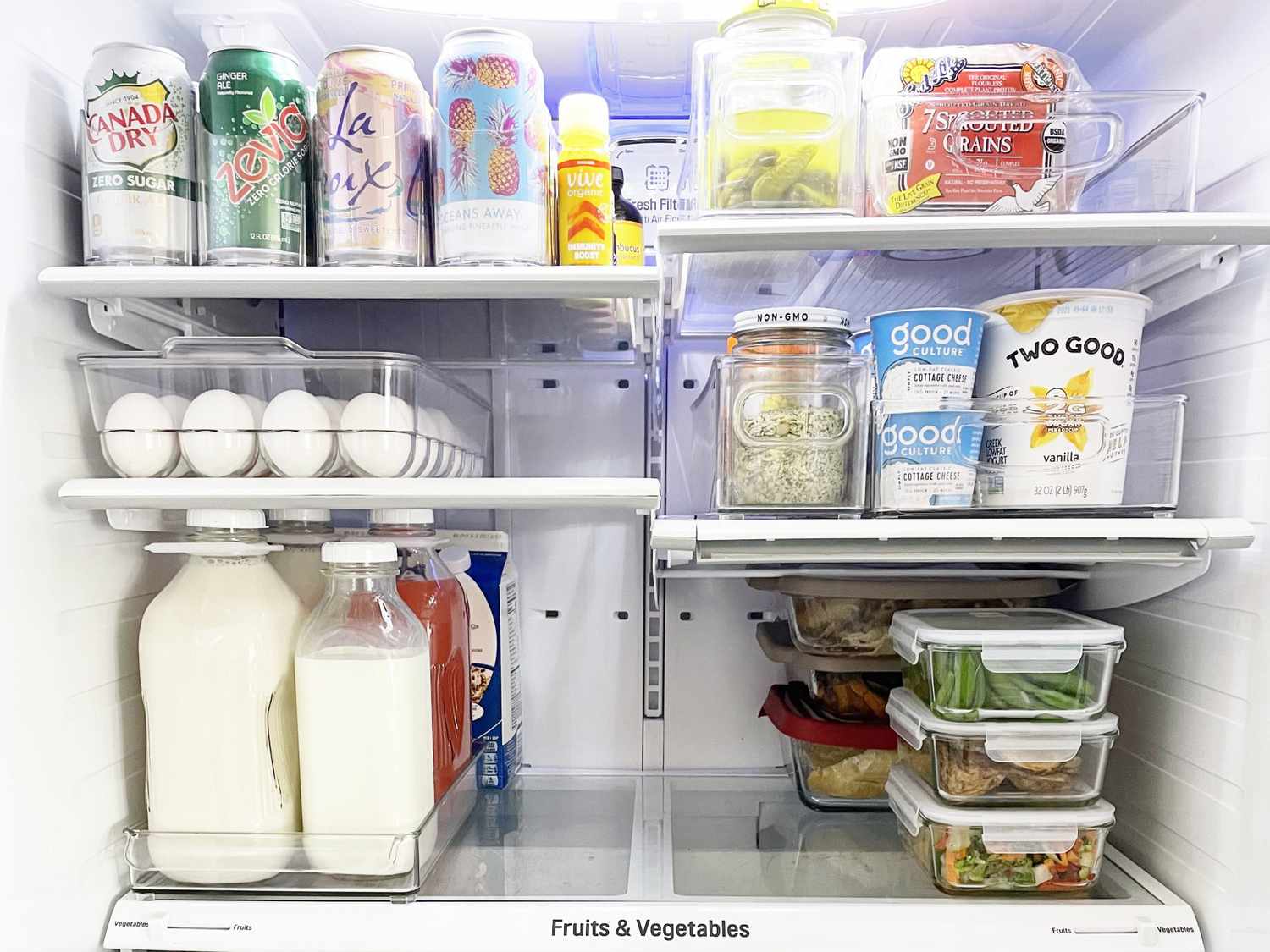
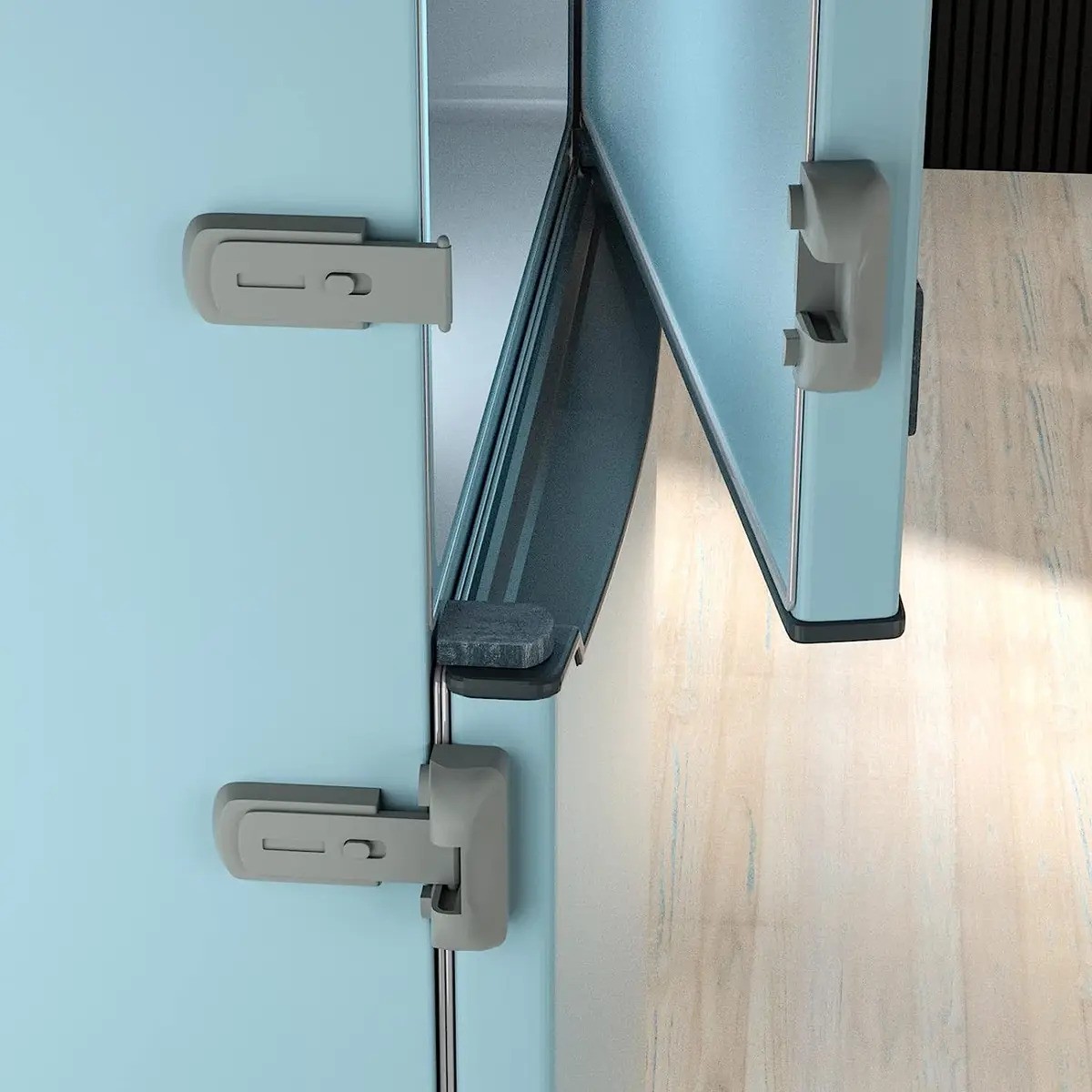
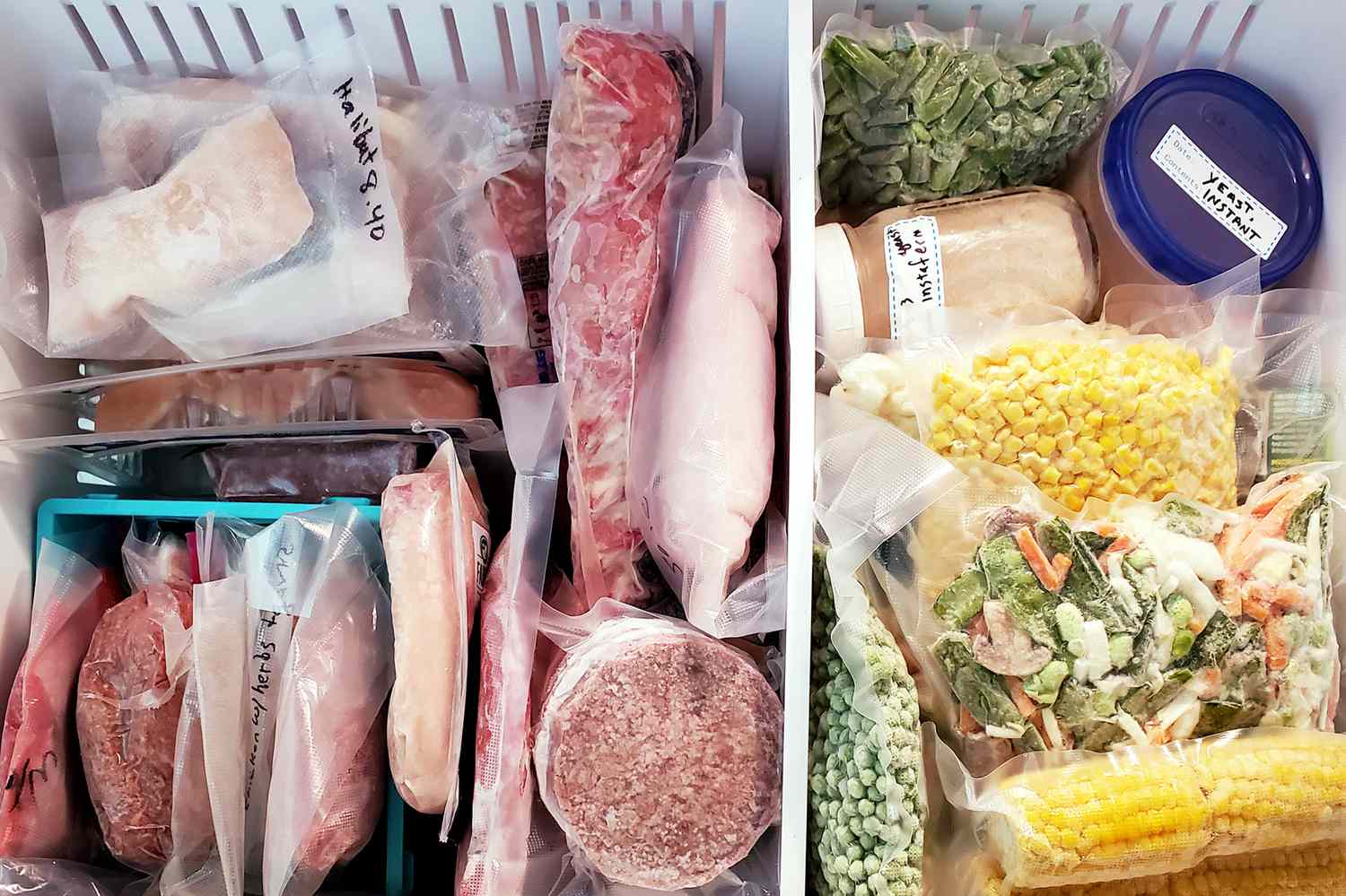
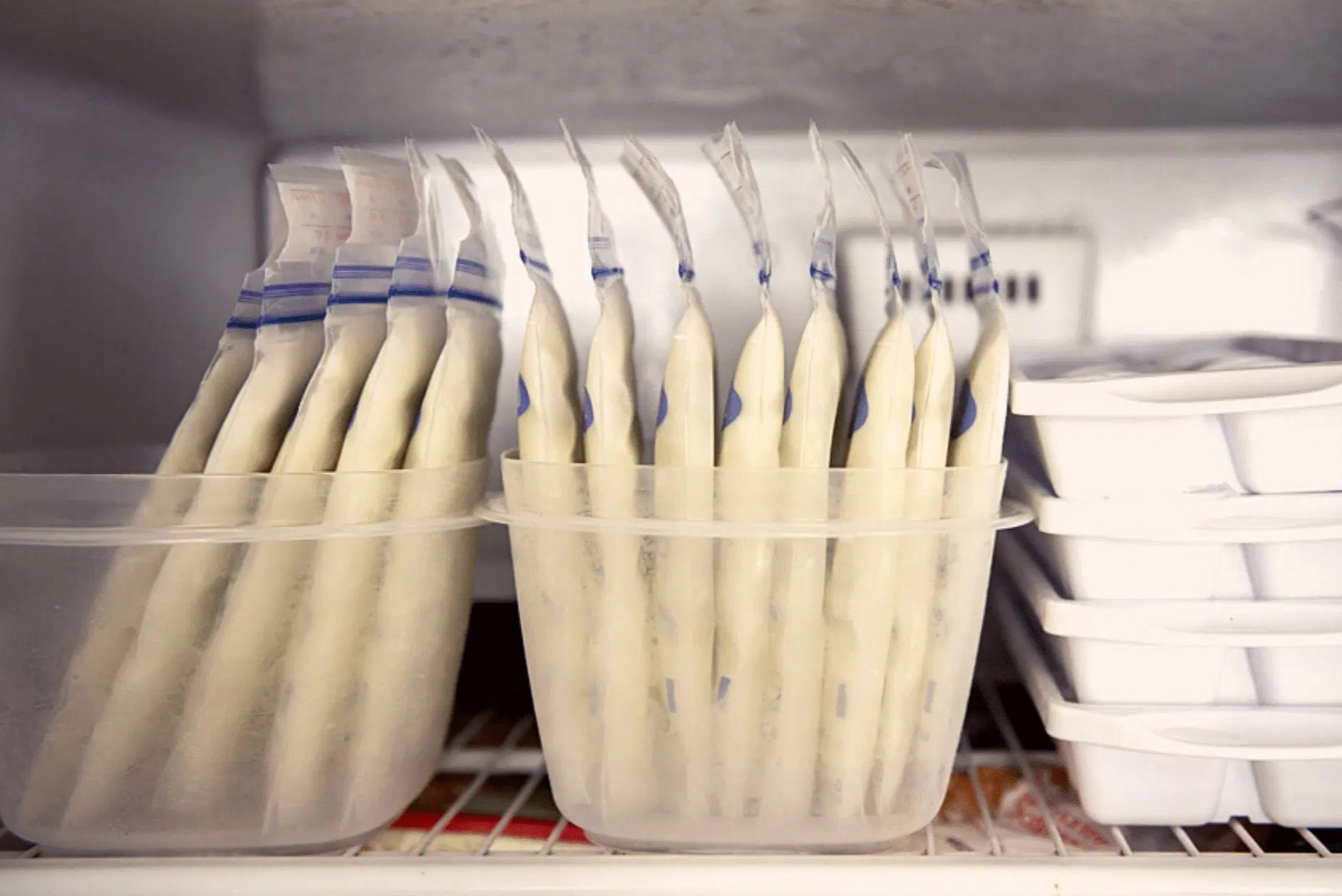

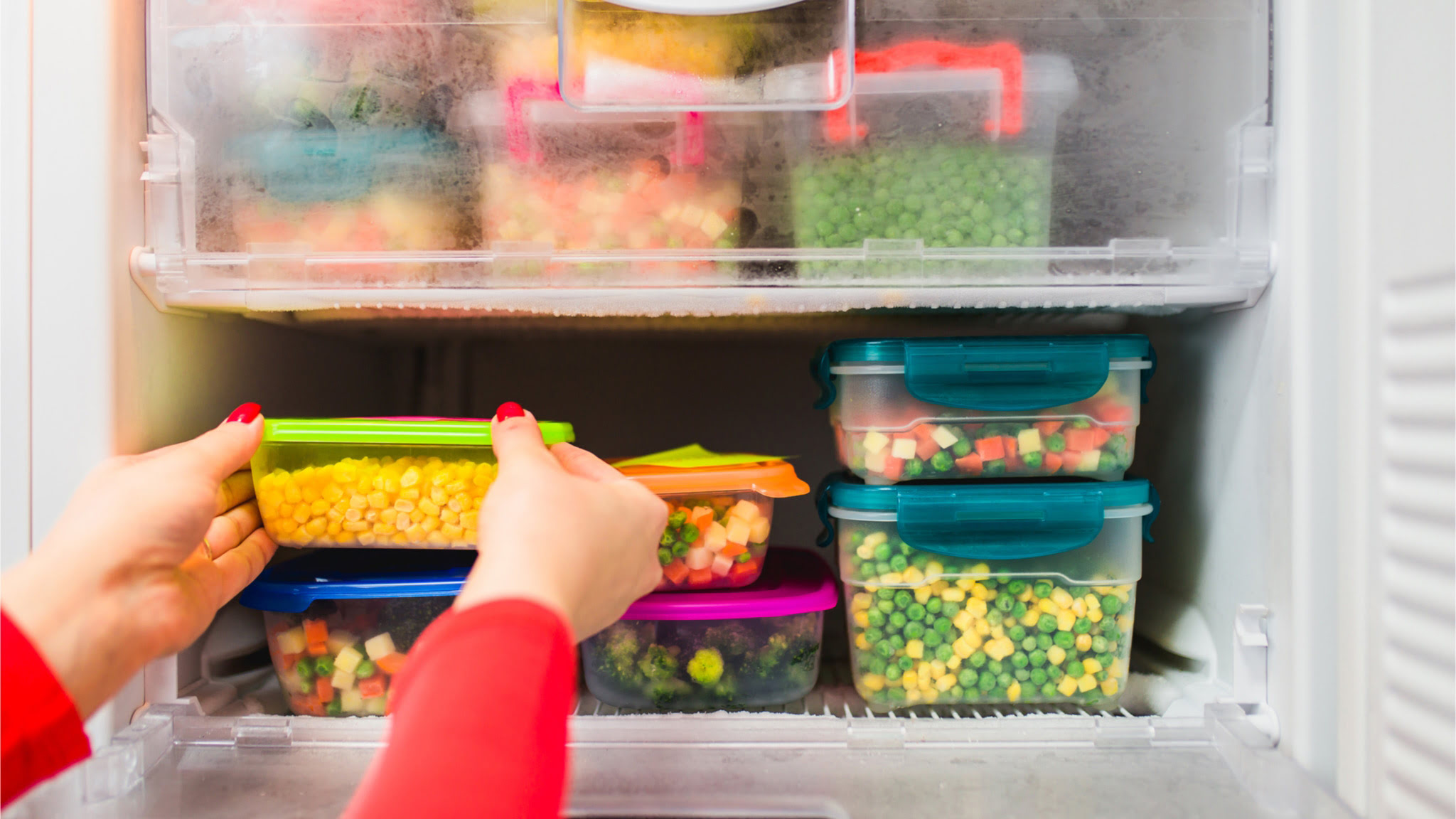

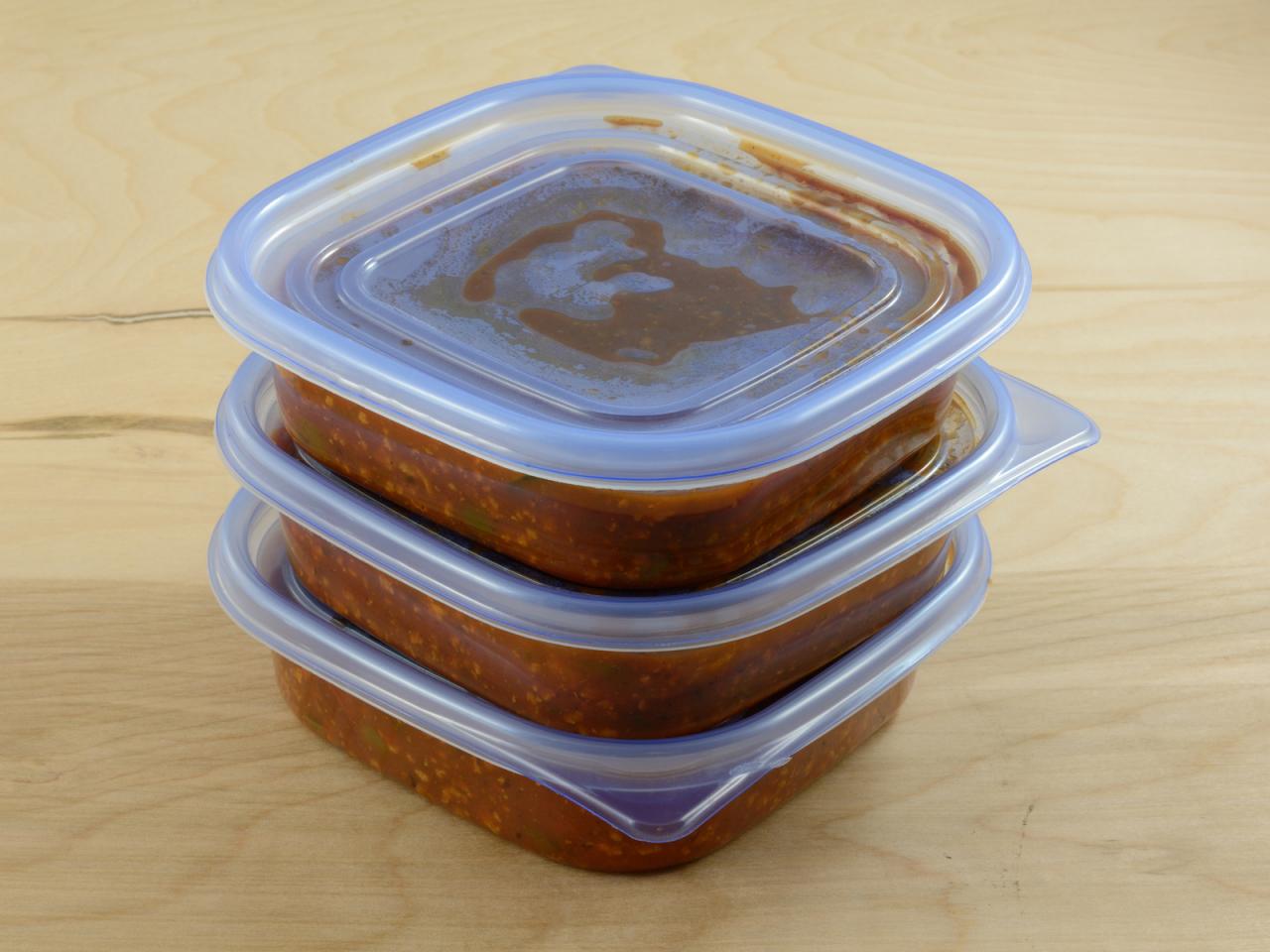
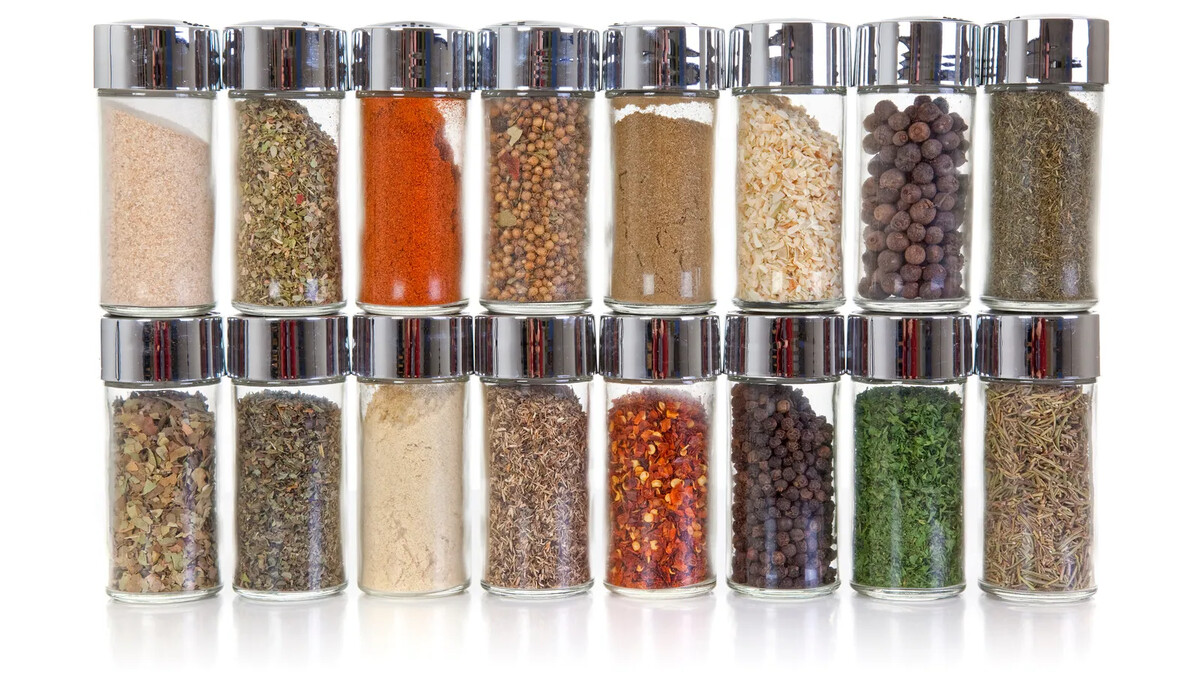


0 thoughts on “How To Organize Your Refrigerator And Freezer”